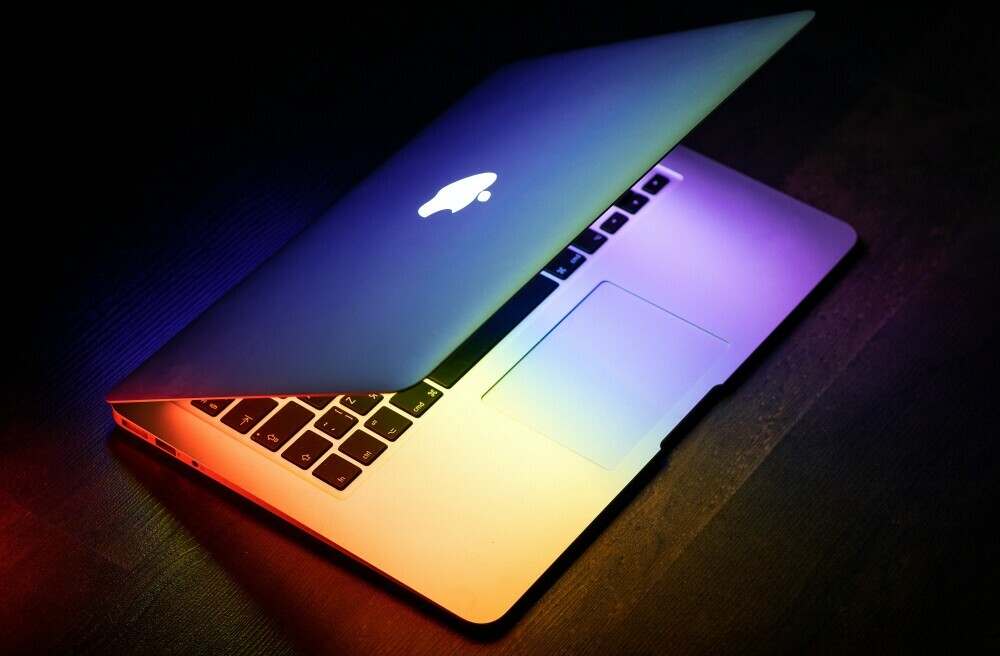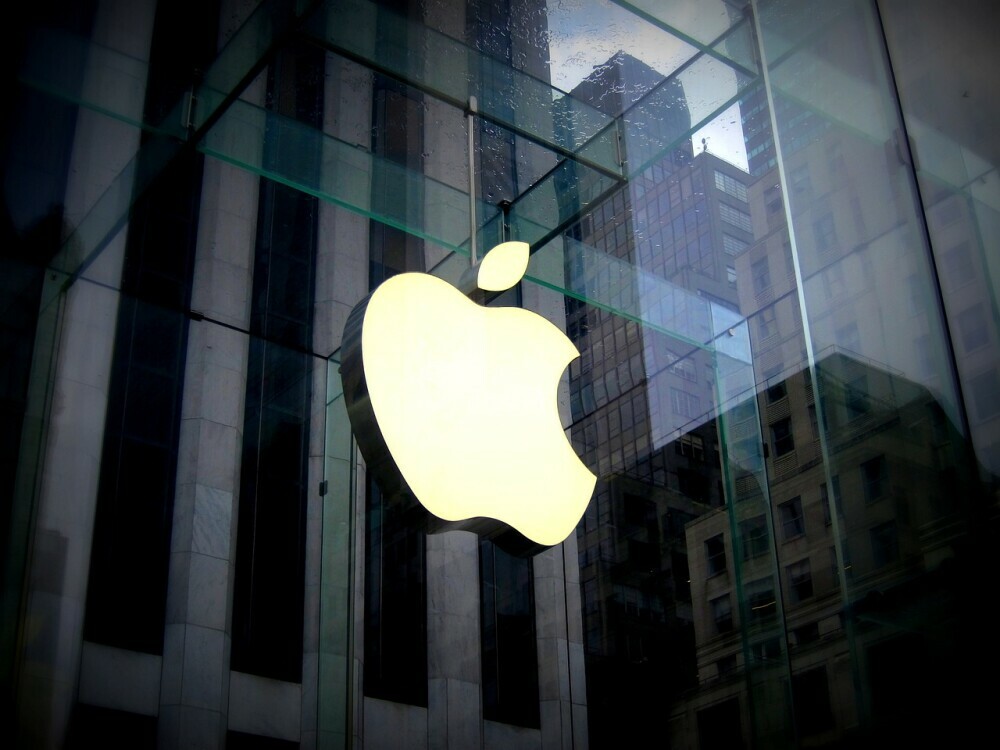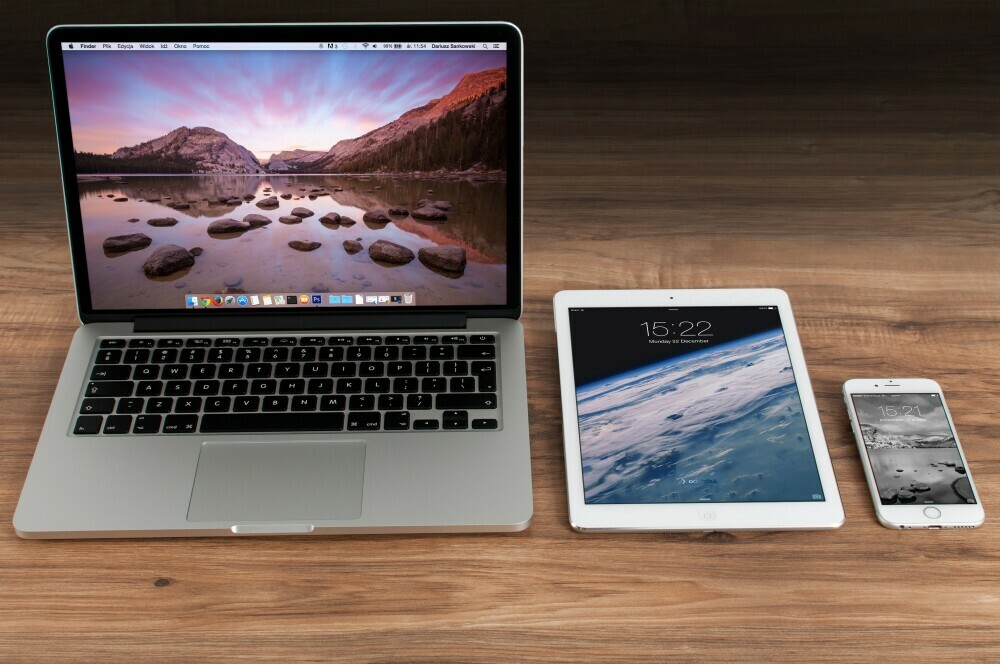
When considering the question of what is a Macbook, one will undoubtedly also discover Apple Inc, the sole company behind the Macbook. In the fast-evolving realm of technology, Apple Inc. has consistently stood out for innovation, design excellence, and a commitment to pushing the boundaries of what’s possible. With a foundational philosophy deeply rooted in simplicity, elegance, and user-centric design, Apple has not only shaped the tech industry but has also become synonymous with cutting-edge consumer electronics. At the forefront of Apple’s contribution to modern personal computing is the MacBook—a series of laptops that have redefined portability, performance, and user experience.
1. Apple Innovations: The Company Behind the Macbook
Let’s first have a look at the company behind the Macbook – Apple Inc.

1.1 Overview of Apple Inc. and its foundational philosophy
Apple Inc. was founded in 1976 by Steve Jobs, Steve Wozniak, and Ronald Wayne. From humble beginnings to becoming a trillion-dollar company, Apple’s journey has been marked by a relentless pursuit of innovation. The company’s foundational philosophy revolves around simplicity, aesthetic appeal, and a deep integration of hardware and software. This approach has set Apple apart, creating a distinctive identity that extends from its early products like the Apple I and II to the groundbreaking iPhone and the MacBook.
1.2 Impact of Apple on the Tech Industry and Consumer Electronics
The impact of Apple on the tech industry cannot be overstated. In 1984 they revolutionized personal computing with the introduction of the Macintosh and its graphical user interface. Subsequent milestones, such as the iPod, iPhone, and iPad, continued to redefine their respective markets. The MacBook, introduced in 2006, marked Apple’s foray into the laptop space, setting new standards for design, performance, and user experience.
1.3 Commitment to Sustainability and User-Centric Design
In recent years, Apple has placed a strong emphasis on sustainability, environmental responsibility, and ethical sourcing of materials. The MacBook is a testament to this commitment, with the use of recycled aluminum in its construction and energy-efficient components. User-centric design, a hallmark of Apple’s approach, is evident in every aspect of the MacBook, from its sleek form factor to the intuitive macOS operating system.
1.4 Role in Shaping Modern Personal Computing
The MacBook has played a pivotal role in shaping modern personal computing. Its introduction challenged conventional notions of laptop design and performance. Apple’s seamless integration of hardware and software has set a standard for user experience that competitors aspire to achieve. The MacBook’s influence extends beyond its physical design—it has become a symbol of creative expression, productivity, and a tool for professionals across various industries.
2. Unveiling the Macbook: A Symbol of Portable Computing

2.1 Defining the Macbook and its place in the computing world
The MacBook is Apple’s line of laptops, and is designed for users seeking a blend of portability, performance, and style. From the compact MacBook Air to the powerhouse MacBook Pro, the lineup caters to a diverse range of users. What distinguishes the MacBook is its attention to detail, premium materials, and the seamless integration of hardware and software.
2.2 The Evolution of MacBook Designs and Features Over the Years
The MacBook’s evolution has been marked by continuous refinement. The transition from Intel processors to Apple’s M1 chip in 2020 represented a significant leap in performance and efficiency. The incorporation of Retina displays, Force Touch trackpads, and the butterfly keyboard (later replaced by the Magic Keyboard) showcase Apple’s commitment to pushing the boundaries of technology.
2.3 How MacBook Compares with Traditional Laptops and Apple’s Other Devices
In comparing the MacBook with traditional laptops, the difference lies not just in hardware but in the holistic approach to user experience. The MacBook’s marriage of hardware and software sets it apart from traditional laptops and even other Apple devices, and provides a seamless and intuitive environment.
Here’s a detailed exploration of how the MacBook compares with traditional laptops and fits into the broader ecosystem of Apple’s devices.
a) Holistic Integration: Hardware and Software
One of the key distinctions between the MacBook and traditional laptops lies in Apple’s approach to holistic integration. While traditional laptops often run operating systems developed by third-party companies, MacBooks exclusively run macOS, Apple’s proprietary operating system. This integration ensures that the hardware and software are designed to work seamlessly together, optimizing performance, and delivering a more intuitive user experience.
b) Design and Build Quality
MacBooks are renowned for their elegant design and premium build quality. The unibody aluminum construction gives them a solid and refined feel, setting them apart from many traditional laptops that may use a combination of materials. Apple’s attention to detail extends to the MacBook’s minimalistic design, resulting in a device that not only looks sleek but is also durable and lightweight, making it a preferred choice for those who value aesthetics and portability.
c) Operating System: macOS vs. Windows
The choice between macOS and Windows is a significant factor when comparing MacBooks to traditional laptops. macOS is known for its user-friendly interface, stability, and security. It is a closed ecosystem, offering a curated App Store and a streamlined user experience. On the other hand, Windows, the operating system found on most traditional laptops, is highly flexible, widely compatible, and customizable. The preference for one over the other often comes down to individual user needs and familiarity.
d) Performance and Optimization: The M Chip Advantage
In recent years, Apple has transitioned from using Intel processors to its custom-designed M chip in its MacBook models. This shift has brought a significant performance boost and energy efficiency. The M chip is optimized for macOS, resulting in faster processing speeds, improved graphics performance, and longer battery life. Traditional laptops may rely on a variety of processors, and the optimization between hardware and operating system can vary.
e) Seamless Ecosystem Integration
One of Apple’s standout features is its ecosystem integration, and the MacBook plays a central role in this synergy. With features like Handoff and Continuity, users can seamlessly transition between their MacBook and other Apple devices. For instance, you can start an email on your iPhone and continue it on your MacBook without missing a beat. The ability to answer phone calls, receive messages, and access files across devices creates a cohesive user experience that extends beyond what is typically offered by traditional laptops.
f) MacBook vs. iPad: Different Devices, Different Use Cases
While both the MacBook and iPad are portable computing devices from Apple, they serve distinct purposes. The MacBook is a full-fledged laptop designed for productivity, content creation, and professional tasks. It features a physical keyboard and trackpad, offering a traditional computing experience. On the other hand, the iPad, with its touch interface and versatile form factor, is geared towards a more mobile and casual user experience. The choice between the two depends on individual preferences and specific use cases.
2.4 User Experience: What Makes the MacBook a Choice for Professionals and Creatives
The MacBook’s appeal to professionals and creatives lies in its performance capabilities and the ecosystem it offers. The M chip’s efficiency, combined with macOS optimization, results in a smooth and responsive experience. For content creators, the MacBook’s color-accurate Retina display, powerful graphics capabilities, and software like Final Cut Pro make it a preferred choice for video editing and graphic design.
3. Exploring the Macbook Spectrum: Models to Match Every Need

Apple regularly updates its MacBook lineup, introducing new models and discontinuing older ones. Product availability and specifications may change, and I recommend checking Apple’s official website, or authorized retailers, for the latest information. Here I provide a general overview of the recent MacBook models that were available in the market.
3.1 General overview of recent Macbook models
Recent MacBook models available in the market include the MacBook Air and the MacBook Pro. Each model is available in various configurations, allowing users to choose an option that will best suit their needs.
3.2 Distinctions Between the MacBook Air and MacBook Pro
The MacBook Air is known for its ultraportable design and is suitable for everyday tasks. On the other hand, the MacBook Pro is tailored for professionals with higher performance requirements, featuring additional ports, improved cooling systems, and higher-end configurations.
3.3 Specialized Features and Hardware Specifications for Each Model
The MacBook Air, with its fanless design and slim profile, prioritizes portability. The MacBook Pro caters to users demanding higher computing power. The larger MacBook Pro models feature dedicated graphics cards and additional connectivity options.
3.4 How to Choose the Best MacBook for Your Personal or Professional Use
Choosing the right MacBook depends on individual needs and preferences. Those seeking a lightweight and portable option may find the MacBook Air ideal, while professionals requiring maximum power and versatility may opt for the MacBook Pro. Considerations such as M chip generation, storage capacity, RAM, and specific use cases should guide the decision-making process.
For the latest and most accurate information, I recommend checking Apple’s official website or contacting authorized retailers to get details on the current MacBook lineup and available configurations.
4. The Heart of the Macbook: macOS and Distinguishing Factors

4.1 Introduction to macOS: the exclusive operating system for Macbooks
macOS, Apple’s exclusive operating system for MacBooks, is a key factor in the device’s appeal. Known for its stability, security, and user-friendly interface, macOS provides a seamless and integrated experience across the MacBook lineup.
4.2 Key Features of macOS that Enhance MacBook Performance
macOS distinguishes itself with features like the Dock, Mission Control, and the Finder, streamlining navigation and multitasking. The integration of iCloud ensures seamless synchronization of files and data across Apple devices. Additionally, the Mac App Store offers a curated selection of applications optimized for macOS.
4.3 Comparison of MacBook with iMac, Mac Mini, Mac Studio, and Mac Pro
While the MacBook caters to users on the go, Apple’s desktop lineup includes the iMac, Mac Mini, Mac Studio, and Mac Pro. Each of these desktop devices caters to different user requirements, complementing the MacBook’s portability with diverse desktop alternatives.
4.4 Understanding the Ecosystem: How Apple Devices Work Seamlessly Together
One of the distinctive advantages of choosing a MacBook is its integration into the broader Apple ecosystem. From seamless Handoff and Continuity features to the ability to answer iPhone calls on the MacBook, Apple devices work cohesively to enhance user convenience. iCloud ensures that files, photos, and data are accessible across all Apple devices, creating a unified and synchronized user experience.
Conclusion
From humble beginnings to its current industry-leading designs, the MacBook continues to set the standard for portable computing. As Apple’s ecosystem expands, the MacBook remains a cornerstone, seamlessly integrating into the broader lineup of Apple devices and providing users with a unique and powerful computing experience. In conclusion, the MacBook represents not just a line of laptops but a symbol of Apple’s commitment to innovation, design excellence, and user-centric computing.
While traditional laptops offer their own set of advantages, the MacBook’s blend of form, function, and ecosystem integration sets it apart in the ever-evolving landscape of portable computing.
Click here to visit Amazon today for great deals on Macbooks and other Apple products.
(As an Amazon Associate I earn from qualifying purchases.)
When you use the links on this page to make a purchase, I may get a small commission and you may get a great bargain. It’s a win-win all around. View the full disclosure here.
2 Responses
The comparison between MacBook and traditional laptops is insightful, especially the emphasis on holistic integration, design, and the M chip’s efficiency. Your exploration of macOS and its distinguishing features adds depth to understanding the MacBook’s appeal. I’m curious, with the continuous evolution of technology, how do you envision the MacBook adapting to future trends, and what role might it play in the ever-expanding Apple ecosystem?
Thank you for your feedback! I think the MacBook will definitely evolve and keep up with technological developments – things like quantum computing, foldable screens, and much longer battery life come to mind. As for the overall future of the MacBook in the Apple ecosystem, and laptops in general, it remains an interesting debate whether we will still have a need for laptops in a few decades’ time. You might find this article from the Laptop Mag interesting. Regards, Walter